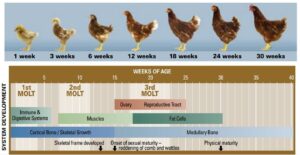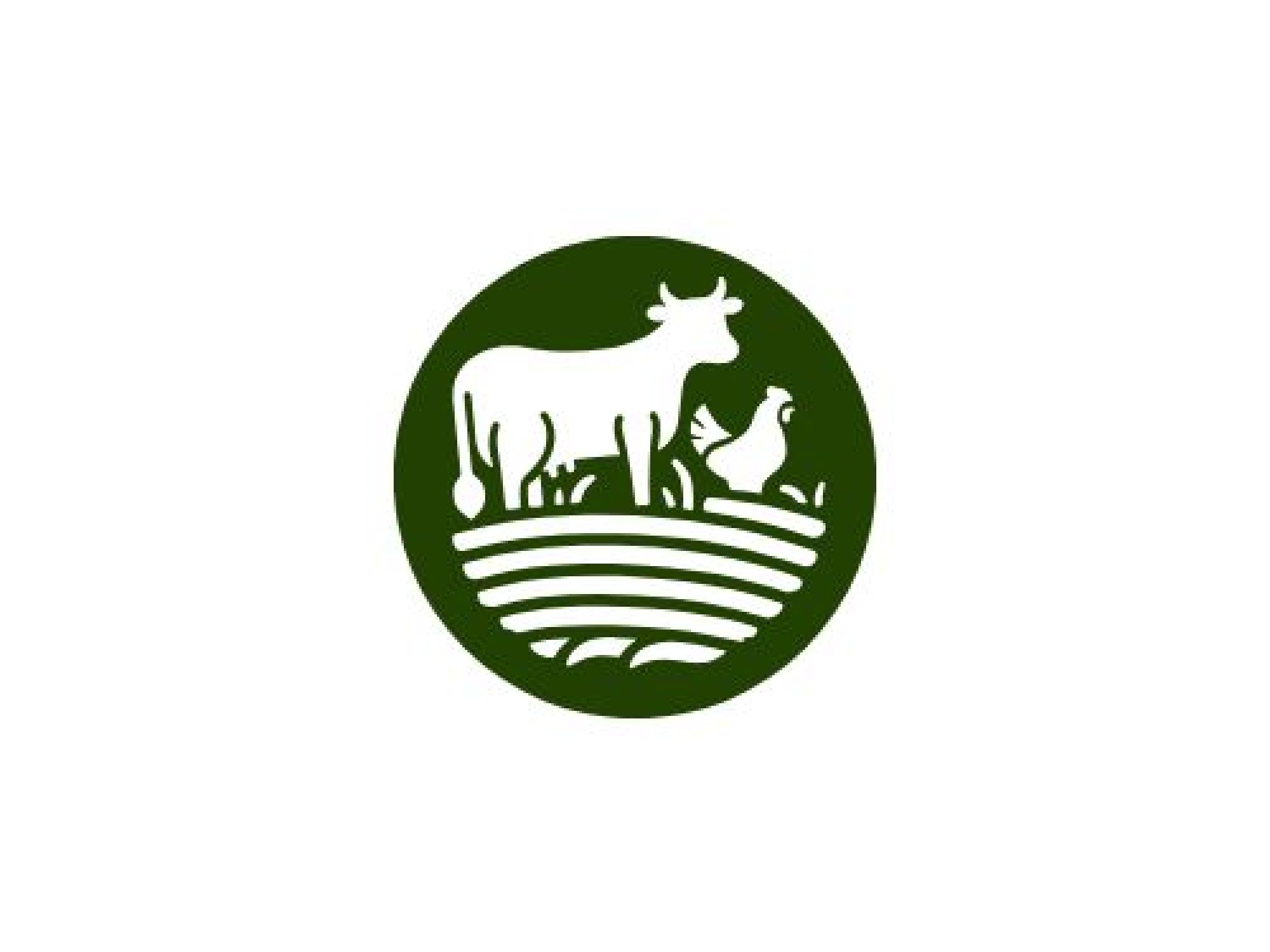Baseline studies, impact assessments, and management plans are essential components of protected area management and conservation. They help establish a clear understanding of the area’s current conditions, assess the potential impacts of various activities, and outline strategies for effective management. Here’s an overview of each:
Thank you for reading. Don't forget to subscribe & share!
Baseline Study:
Purpose: A baseline study is the initial step in protected area management. It provides a comprehensive understanding of the area’s natural and cultural features before any significant management activities begin.
Components:
Biodiversity Inventory: Identifying and cataloging species of flora and fauna present in the area.
Habitat Mapping: Mapping different ecosystems, such as forests, wetlands, and grasslands.
Cultural Assessment: Documenting cultural heritage sites, historical significance, and the presence of indigenous or local communities.
Environmental Conditions: Gathering data on climate, hydrology, geology, and other environmental factors.
Socioeconomic Data: Collecting information about nearby communities, their livelihoods, and dependence on the area.
Outcome: A baseline report provides a detailed snapshot of the area’s ecological, cultural, and socioeconomic conditions, serving as a reference for future assessments and management decisions.
Impact Assessment:
Purpose: Impact assessments are conducted to evaluate the potential effects of various activities or proposed developments on the protected area. This helps in making informed decisions and mitigating negative impacts.
Components:
Environmental Impact Assessment (EIA): Examining potential effects on ecosystems, species, and habitats.
Social Impact Assessment (SIA): Assessing potential impacts on local communities, their livelihoods, and cultural heritage.
Economic Impact Assessment: Analyzing economic consequences, both positive and negative.
Alternatives Analysis: Evaluating different options or scenarios to identify the least harmful approach.
Outcome: An impact assessment report outlines potential risks, mitigation measures, and recommendations for decision-makers. It guides the approval or modification of proposed activities.
Management Plan:
Purpose: A management plan outlines the strategies and actions required to conserve and sustainably manage the protected area. It integrates the findings of the baseline study and impact assessment.
Components:
Goals and Objectives: Defining conservation goals, sustainable use objectives, and desired outcomes.
Zoning: Designating different zones within the protected area for specific purposes (e.g., core zones for strict conservation, buffer zones for sustainable use).
Threat Assessment: Identifying and prioritizing threats to the area, such as habitat degradation, poaching, or invasive species.
Stakeholder Engagement: Involving local communities, NGOs, and relevant authorities in the planning and decision-making process.
Monitoring and Evaluation: Establishing a system to track progress, assess the effectiveness of management actions, and adapt strategies as needed.
Outcome: A management plan serves as a roadmap for conservation actions, providing a framework for resource allocation, enforcement, research, and education efforts. These three components work together to ensure the effective management and conservation of protected areas. They provide a foundation for informed decision-making, sustainable development, and the long-term preservation of biodiversity and cultural heritage.









